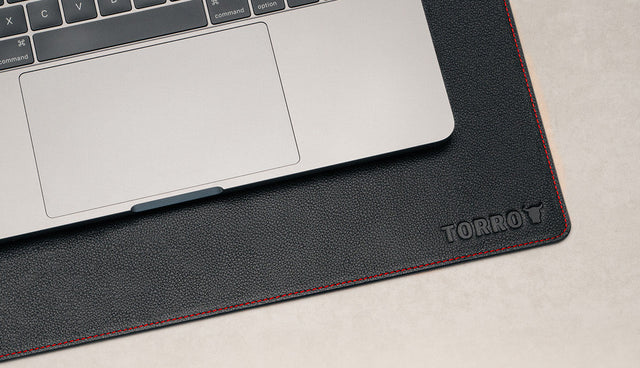With the start of the first pandemic lockdown in March 2020, businesses were forced to pull their workforce out of the office. For the most part, this meant one of two things – cease trading or start working remotely. Therefore naturally, having staff work remotely was a popular choice. Anyone who thought this may only have been a temporary measure, would later prove to be incorrect.
The proportion of people planning to spend most of their working hours at home has risen
Over the last 3 years, attitudes towards remote working have altered significantly. As of February 2022, 84% of those who worked from home during the pandemic planned to carry out a mix of working at home and at their workplace in the future, with around 22% of the workforce working exclusively from home (1).
In 2023, the figure for working exclusively from home has decreased to around 16%, giving rise to the now, seemingly more popular, hybrid working with 28% of the UK workforce adopting this approach (2).
Compare these numbers to pre-pandemic, where in 2019 only just over 5% of the total workforce reported working from home (3), then the shift in working patterns over such a short period of time have been nothing short of seismic. All signs suggest that preferences for remote and hybrid working are set to continue to grow throughout 2023 and beyond.
 TORRO Dark Brown Leather Desk Mat and Notebook Cover
TORRO Dark Brown Leather Desk Mat and Notebook Cover
The most common benefit of working from home was improved work life balance
For those who spend time working from home, there are some clearly outlined benefits. From those polled by GitLab (4), the most popular benefit in the UK is the flexible scheduling that remote work provides, with this being noted by 50% of respondents. While the lack of commute and associated cost savings are favoured by 43% and 33%, respectively. Other benefits include things like reduced anxiety/stress (32%), improved health (25%), freedom to travel/relocate (18%) and reduced office politics (19%).
It's clear that the ability to work from anywhere, whether that be at home, another country or a local coffee shop is a freedom that is comfortably the most positive aspect of remote work according to the UK workforce. Accompany that with the time and money saved from the lack of a commute, then it’s fairly obvious why there are many that now have a strong preference to work remotely.
On the other hand, remote working is not necessarily all positive and does come with its own drawbacks. As you may expect, managing at home distractions (47%), lack of motivation (29%) and disconnecting from work (28%) are some of the most frequently referenced negatives.
As a result of this, if you are working from home, having a designated area that is specifically for work is crucial. Whether it be a dedicated office or a temporary setup during work hours, a dedicated setup will improve focus and productivity.
 TORRO Black with Red Detail Leather Mouse Mat and Pencil Case
TORRO Black with Red Detail Leather Mouse Mat and Pencil Case
Home Office Accessories
During periods of working from home, we encountered these problems ourselves. As such, they were at the forefront of our minds when designing our home office collection. Through the use of premium aniline leather, our home office accessories exude an aura of professionalism to help improve concentration, while, just as importantly, helping to make an office or temporary workspace feel separated from the home itself.
Aside from these negative aspects, the other main drawbacks to working from home centre around social aspects. With collaborating with colleagues/clients (35%) being more difficult and feelings of isolation and/or loneliness (35%) being prevalent, it makes sense as to why the workforce is shifting towards the hybrid working model, as it combines the positives of both working from the office and working from home.
2023 and beyond...
Now, post-pandemic, it’s clear that hybrid working is here to stay. With it becoming significantly more prevalent in 2023 than it was just a few short years ago, the signs are beginning to suggest that hybrid working may soon become a requirement for many, rather than a preference.
Sources:
1 - Office for National Statistics
2 - Office for National Statistics
3 - Office for National Statistics
4 - Gitlab (PDF)




